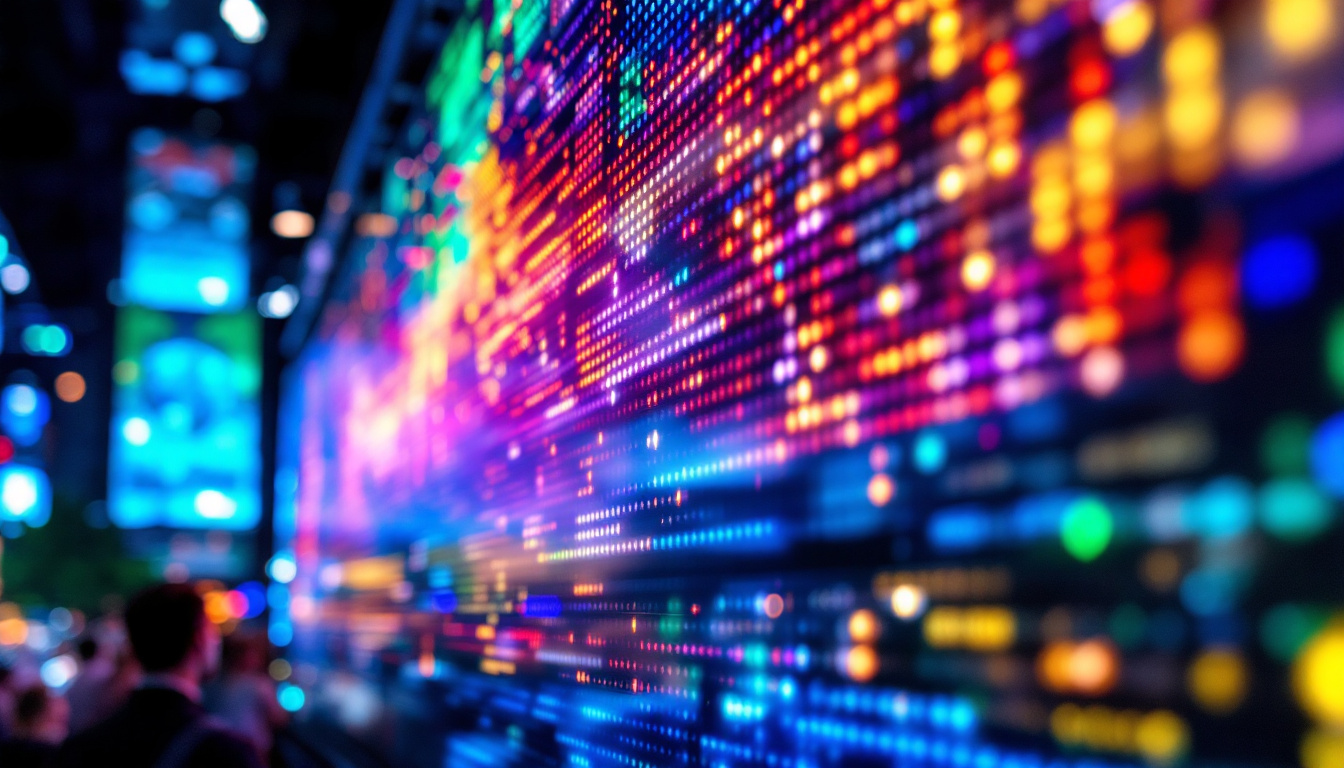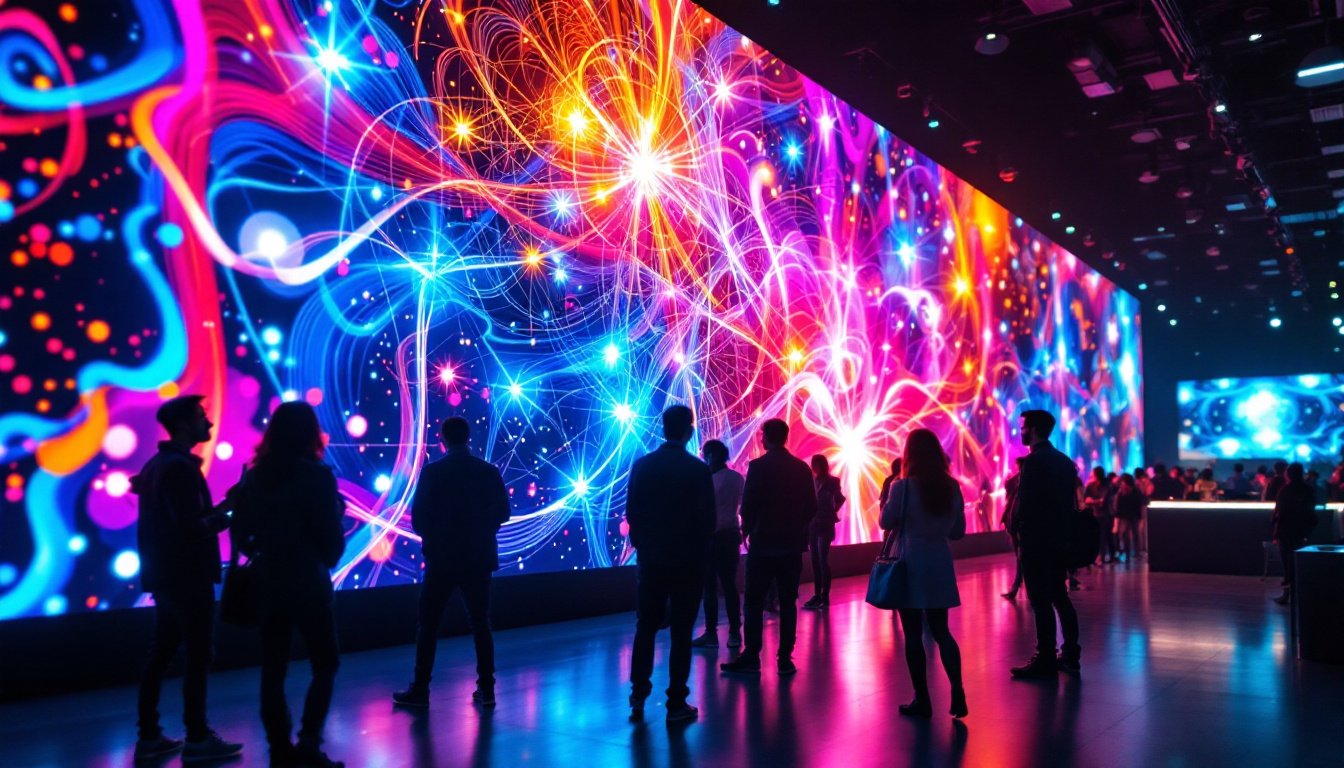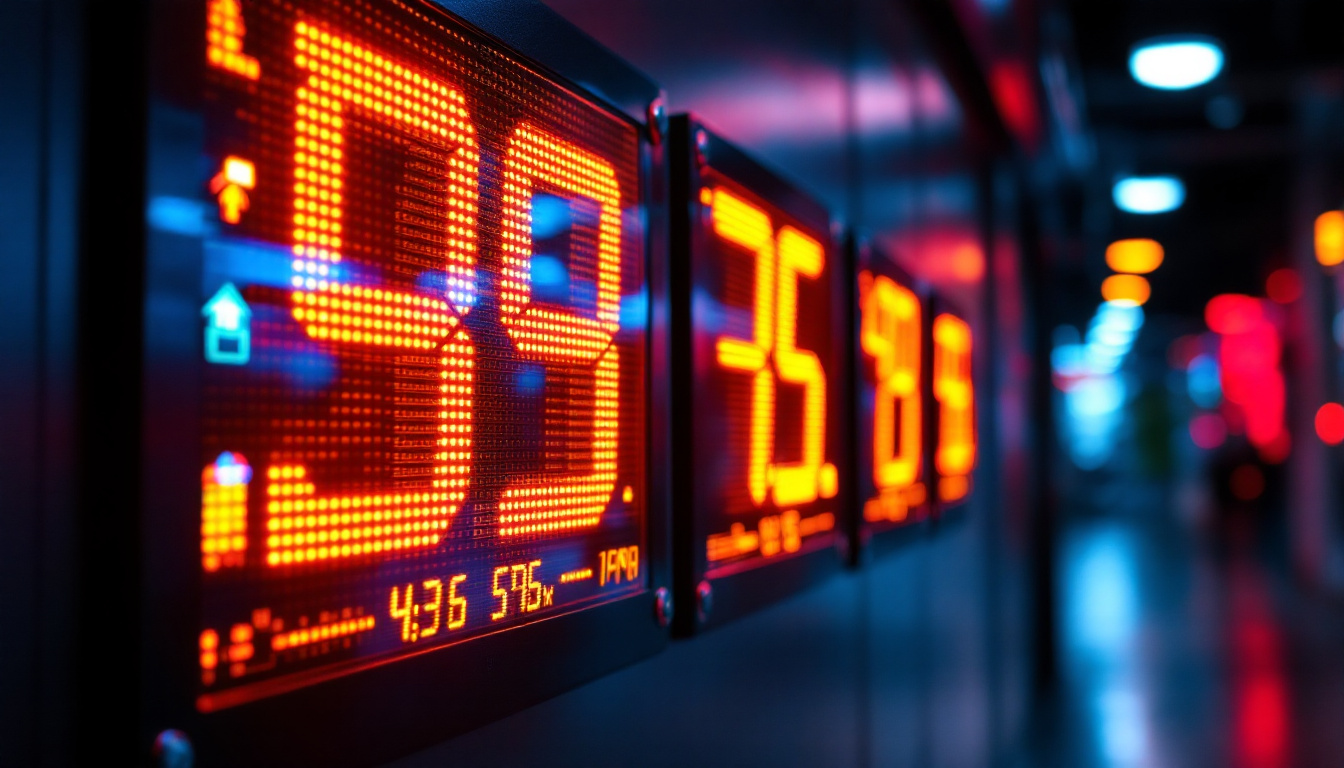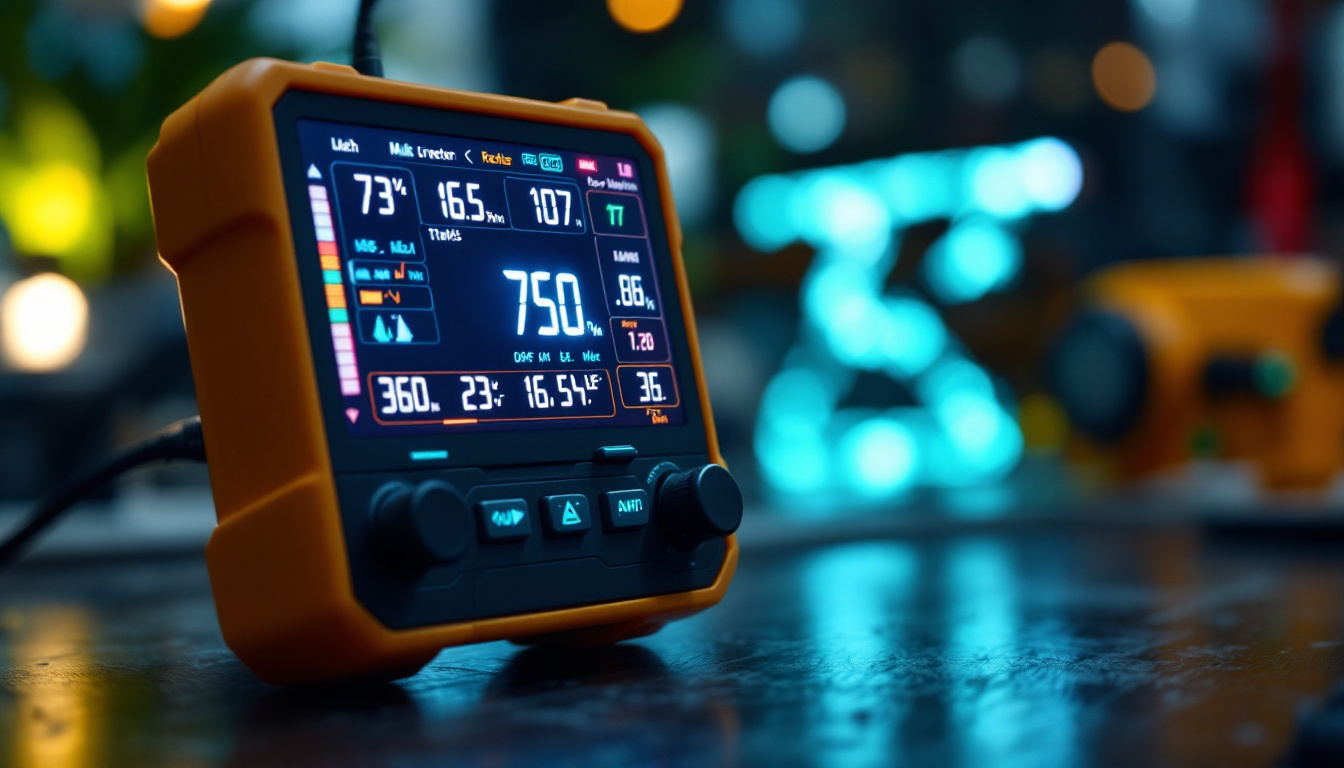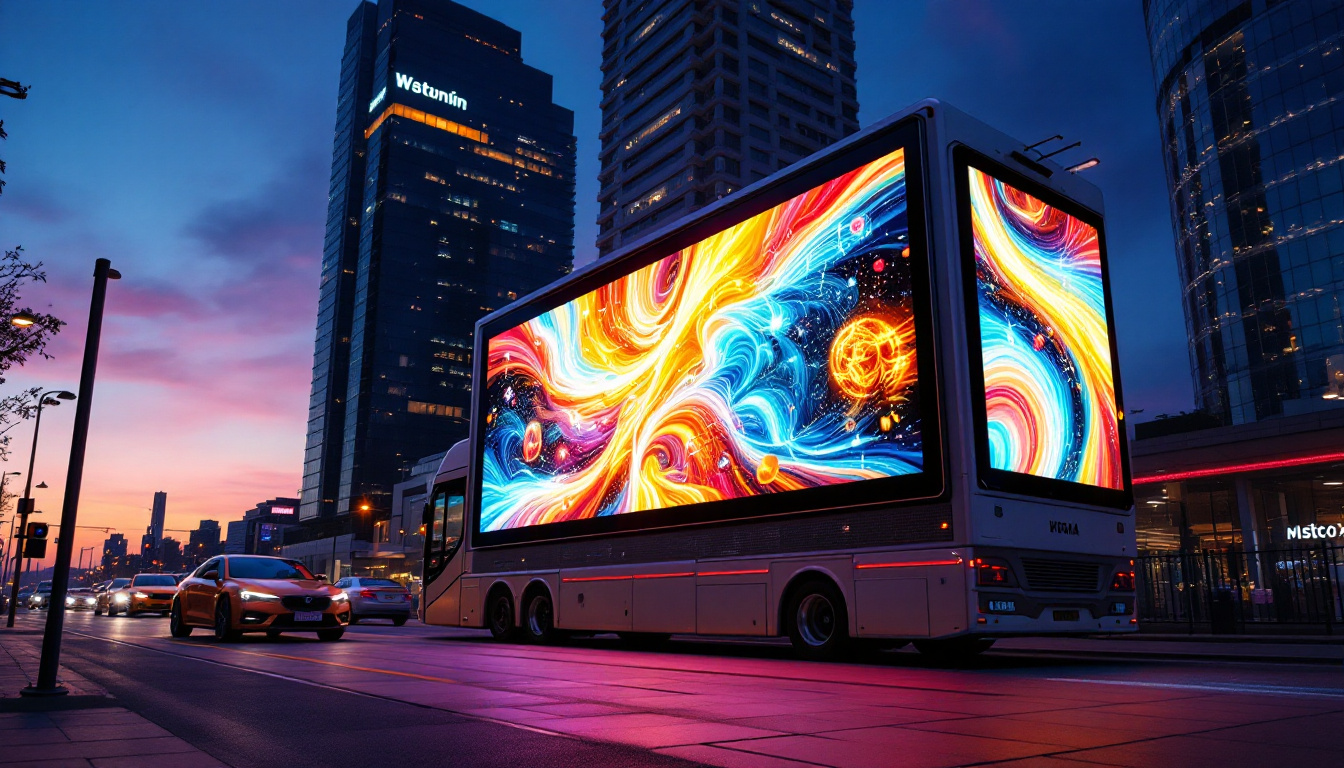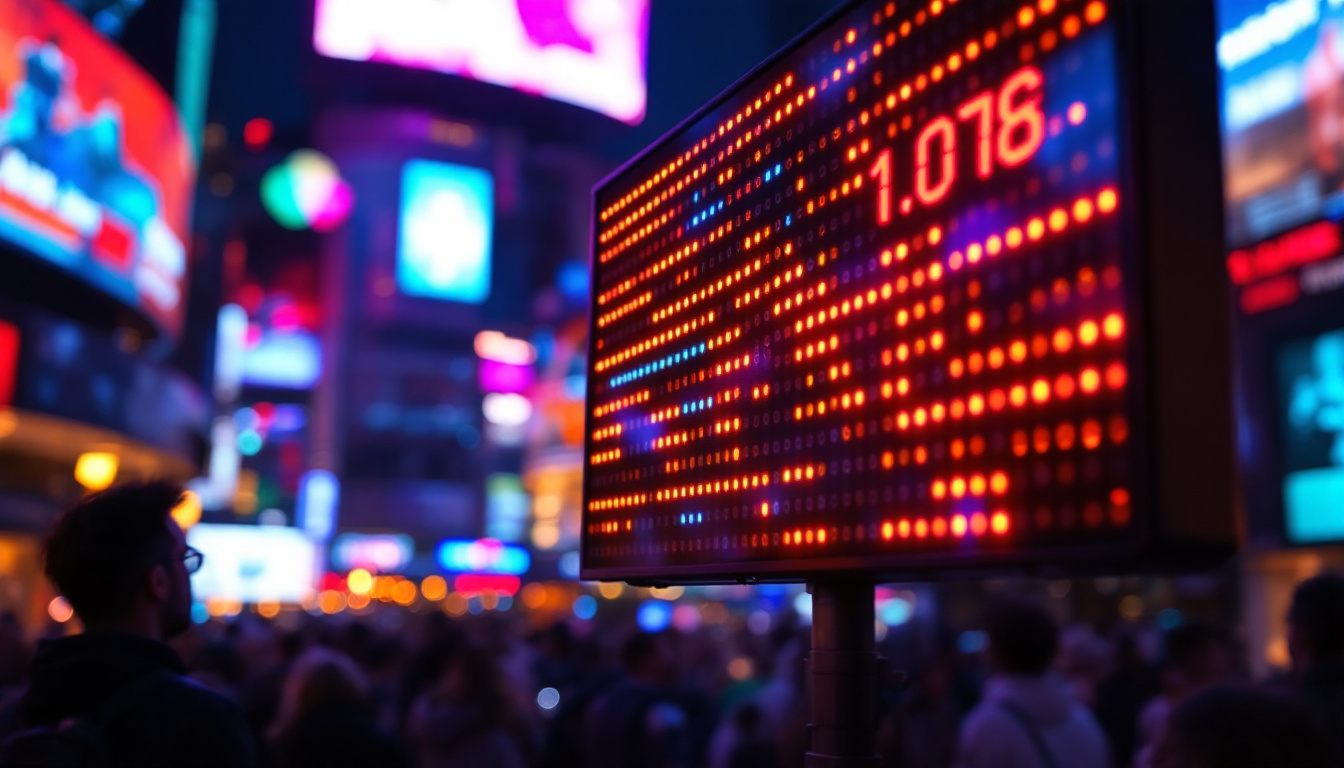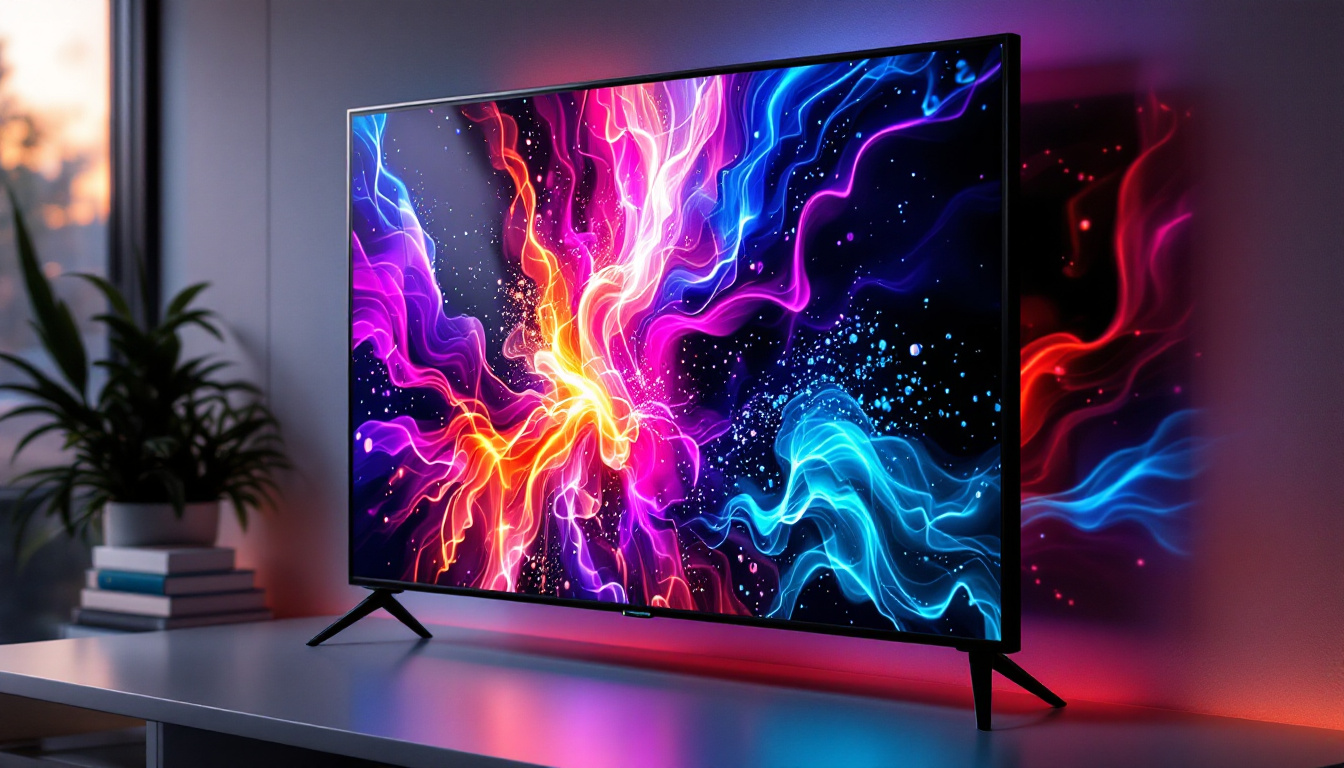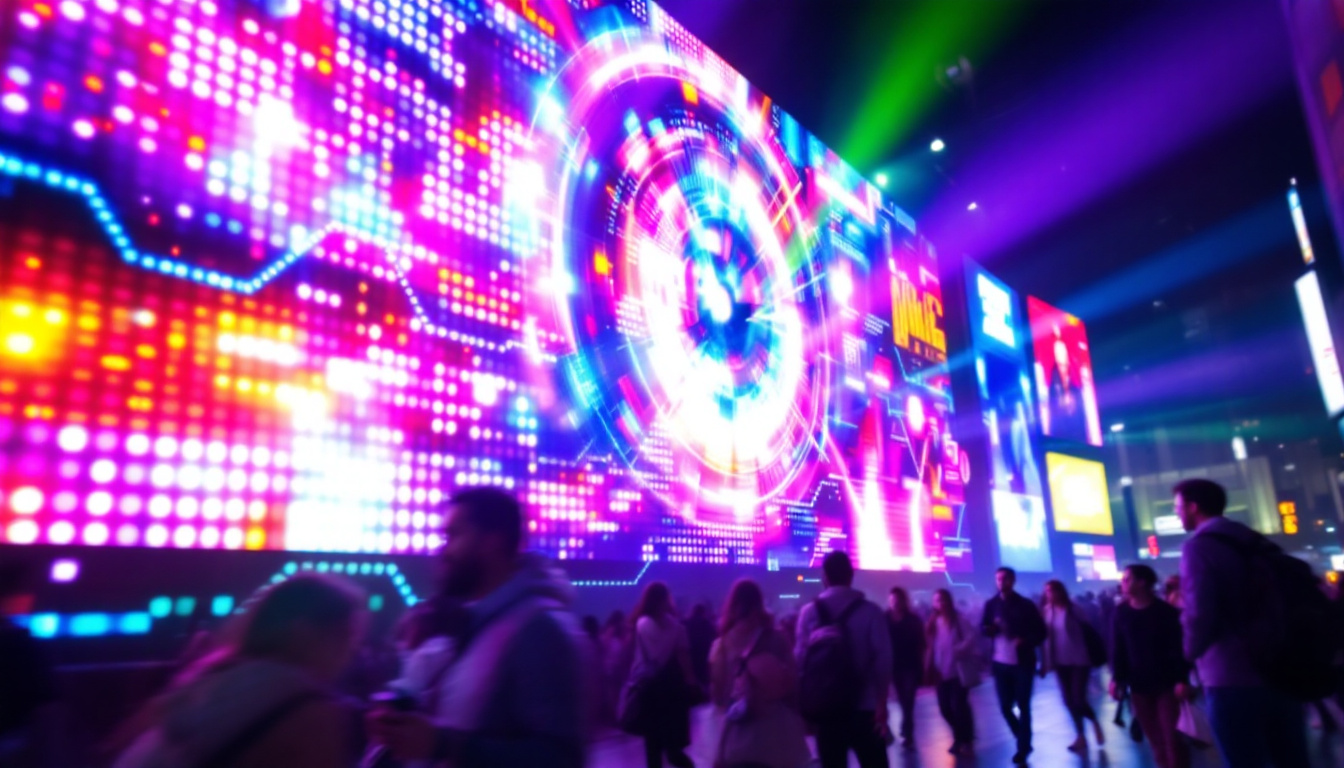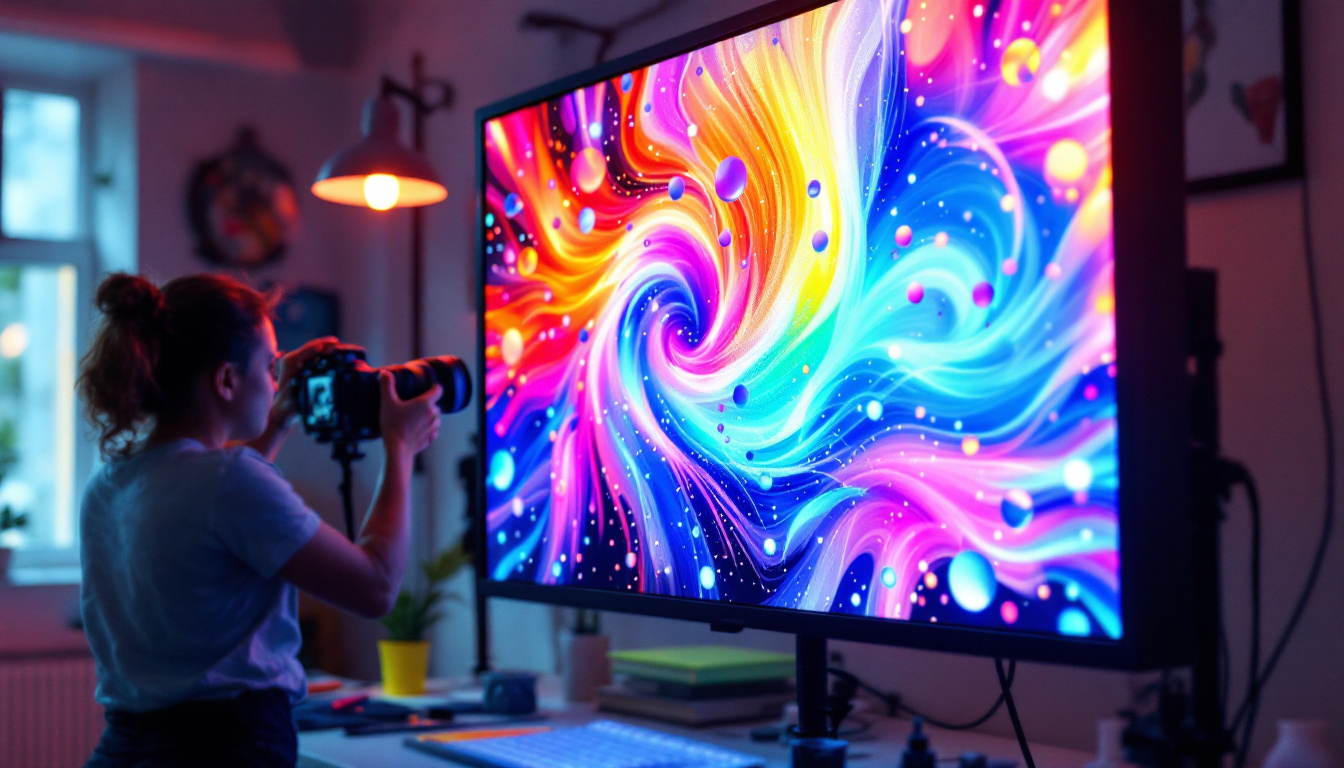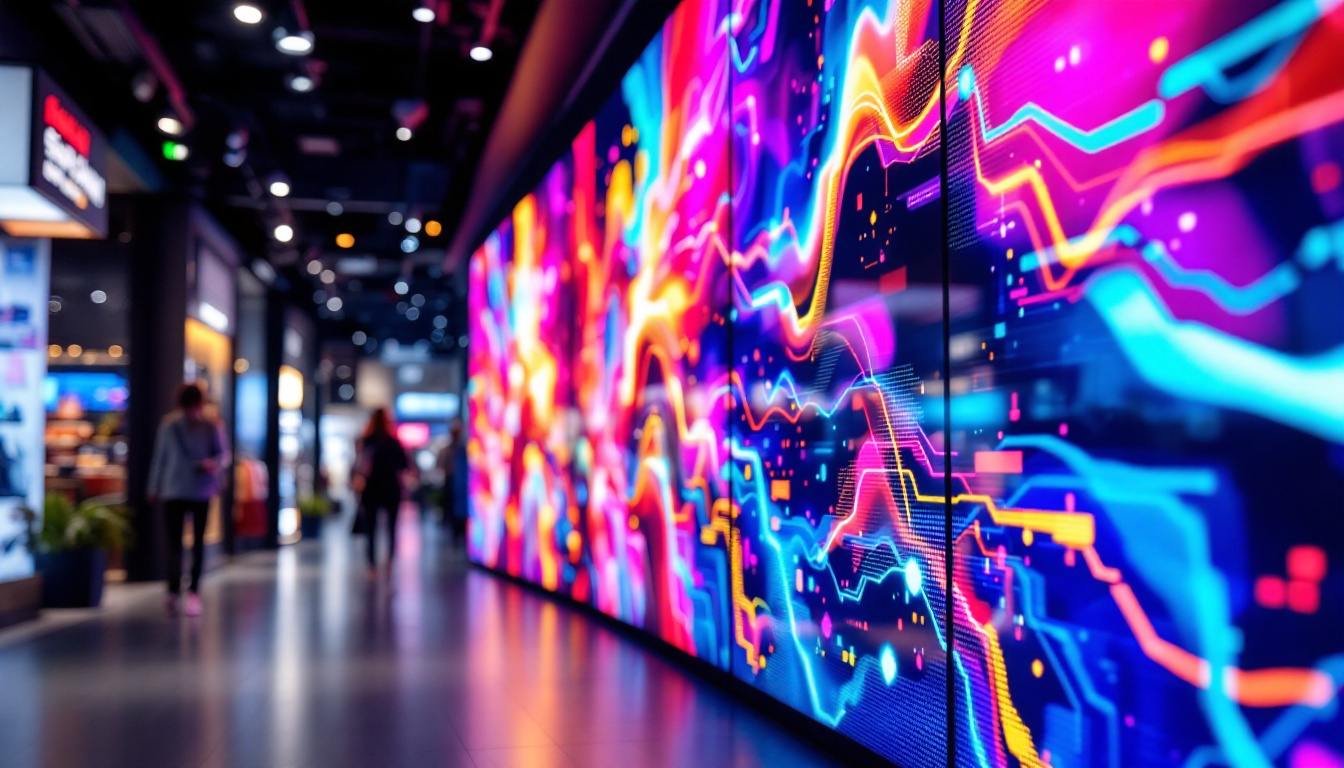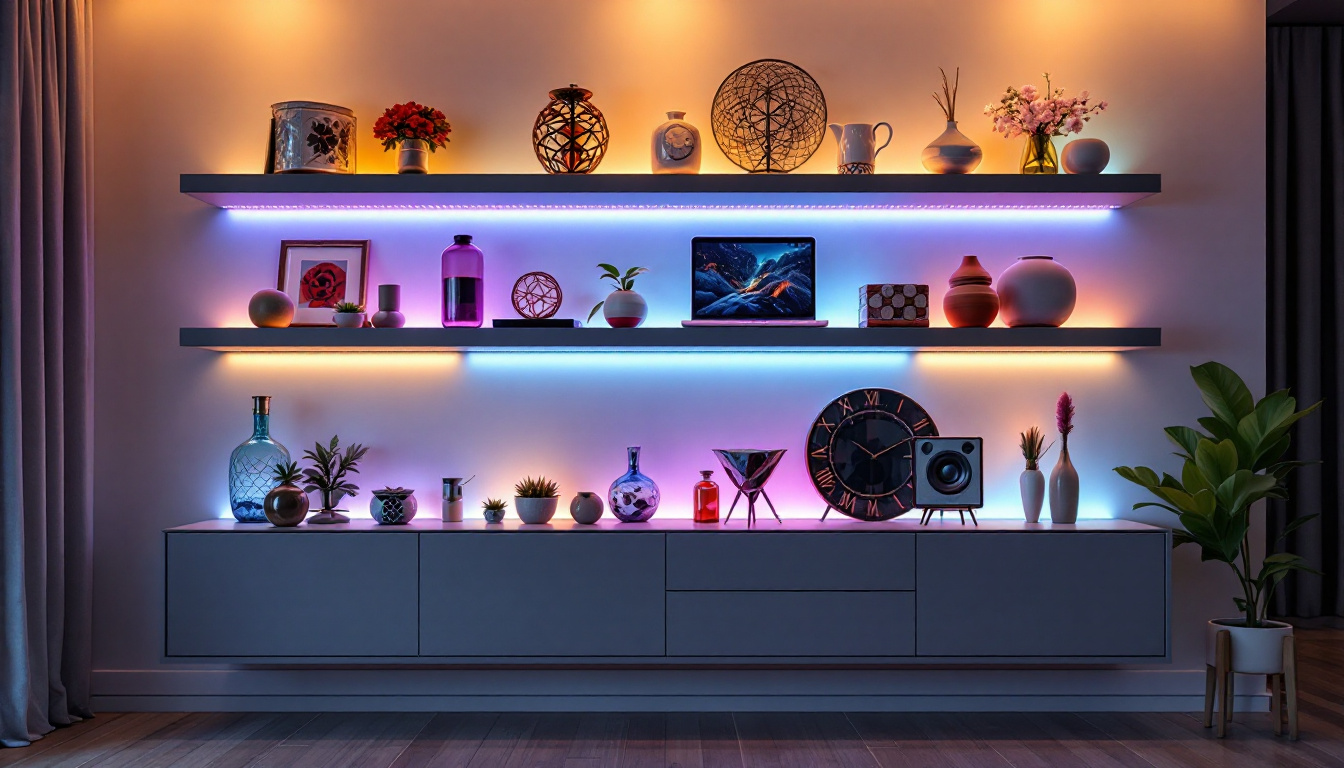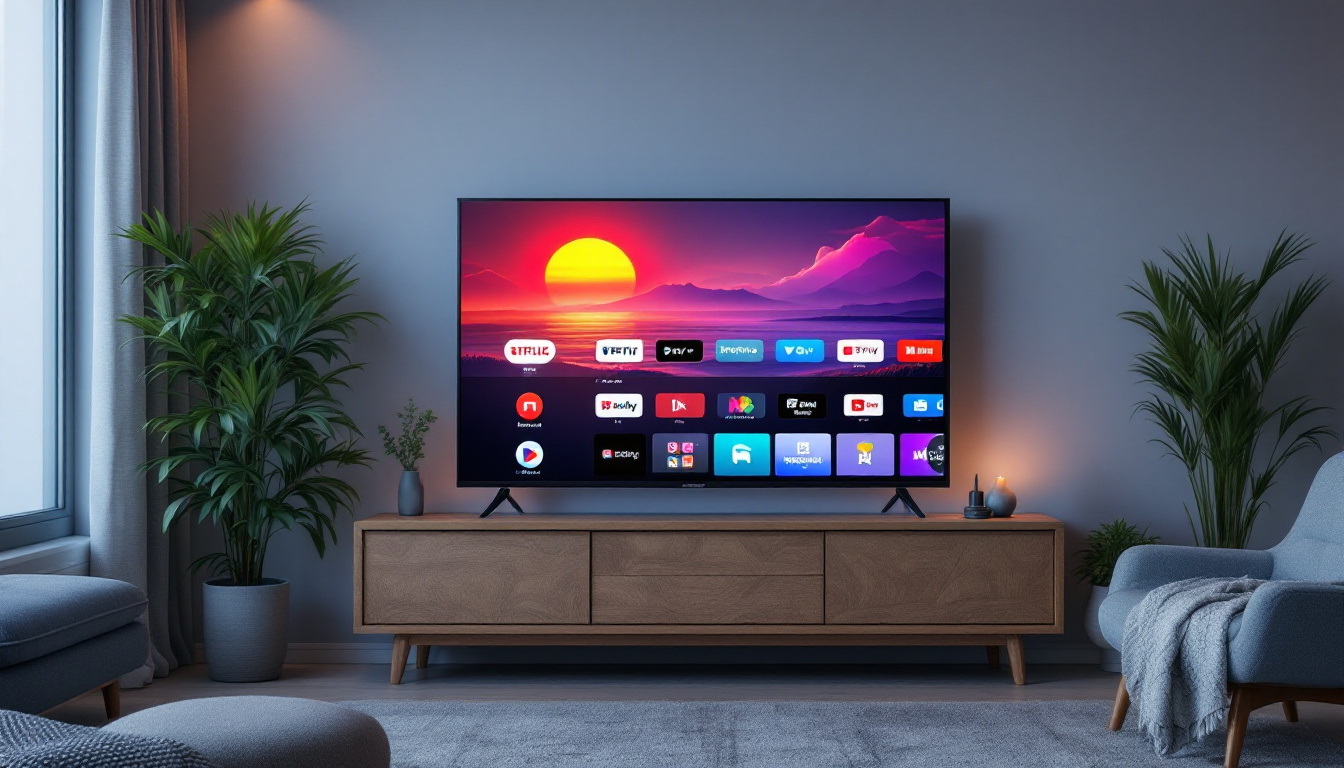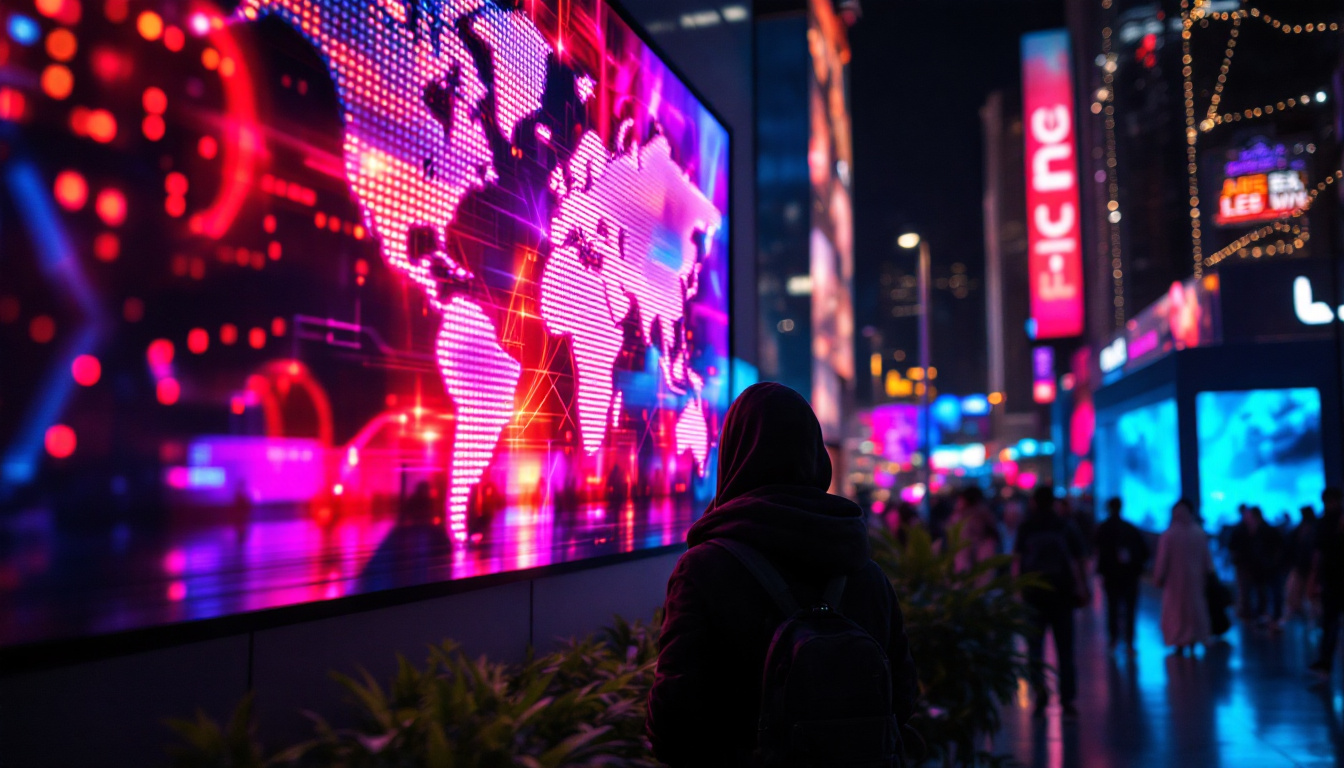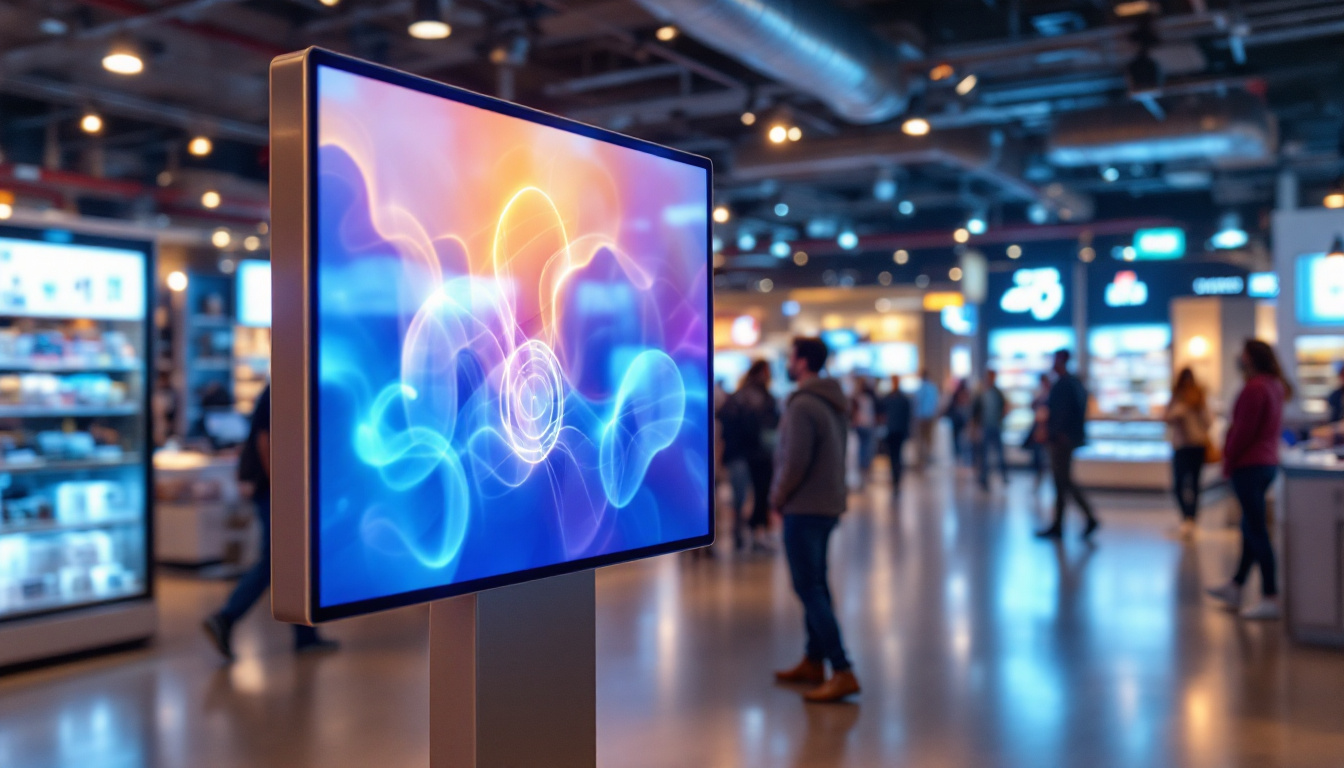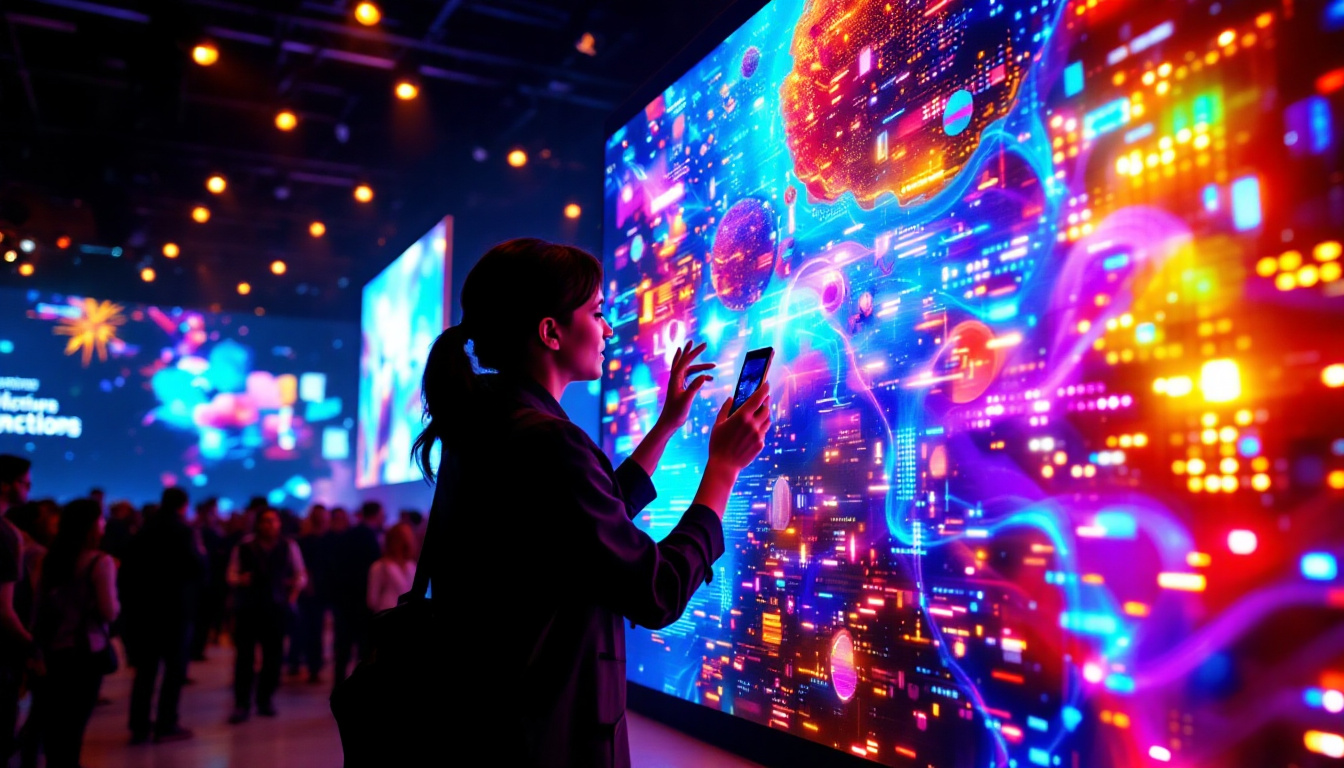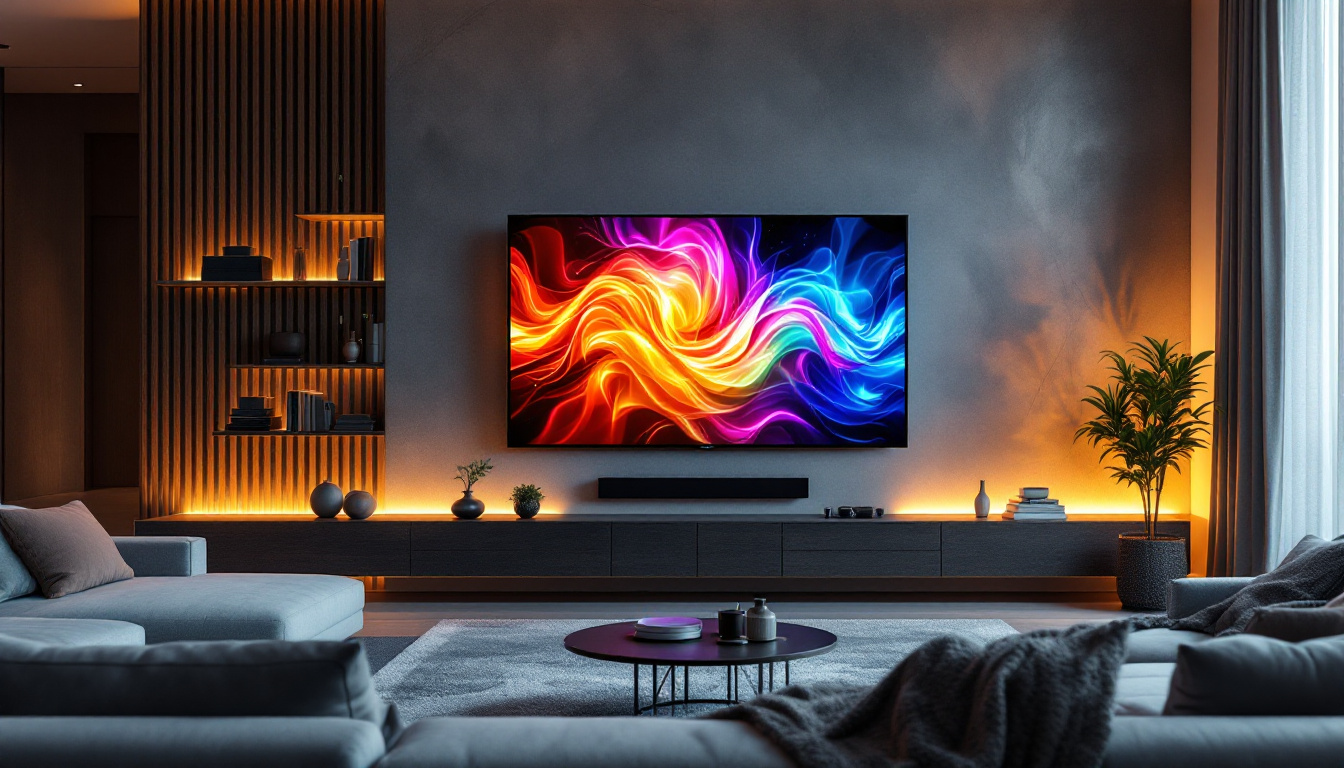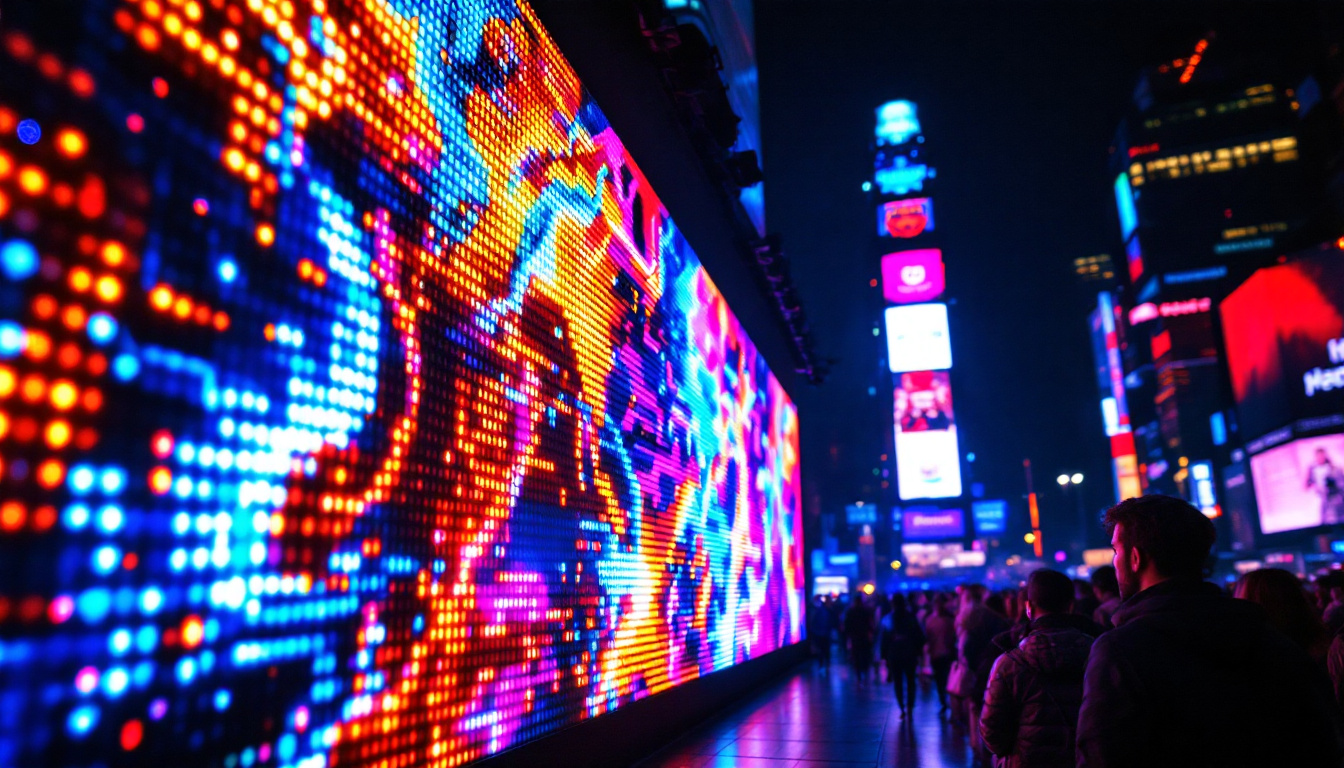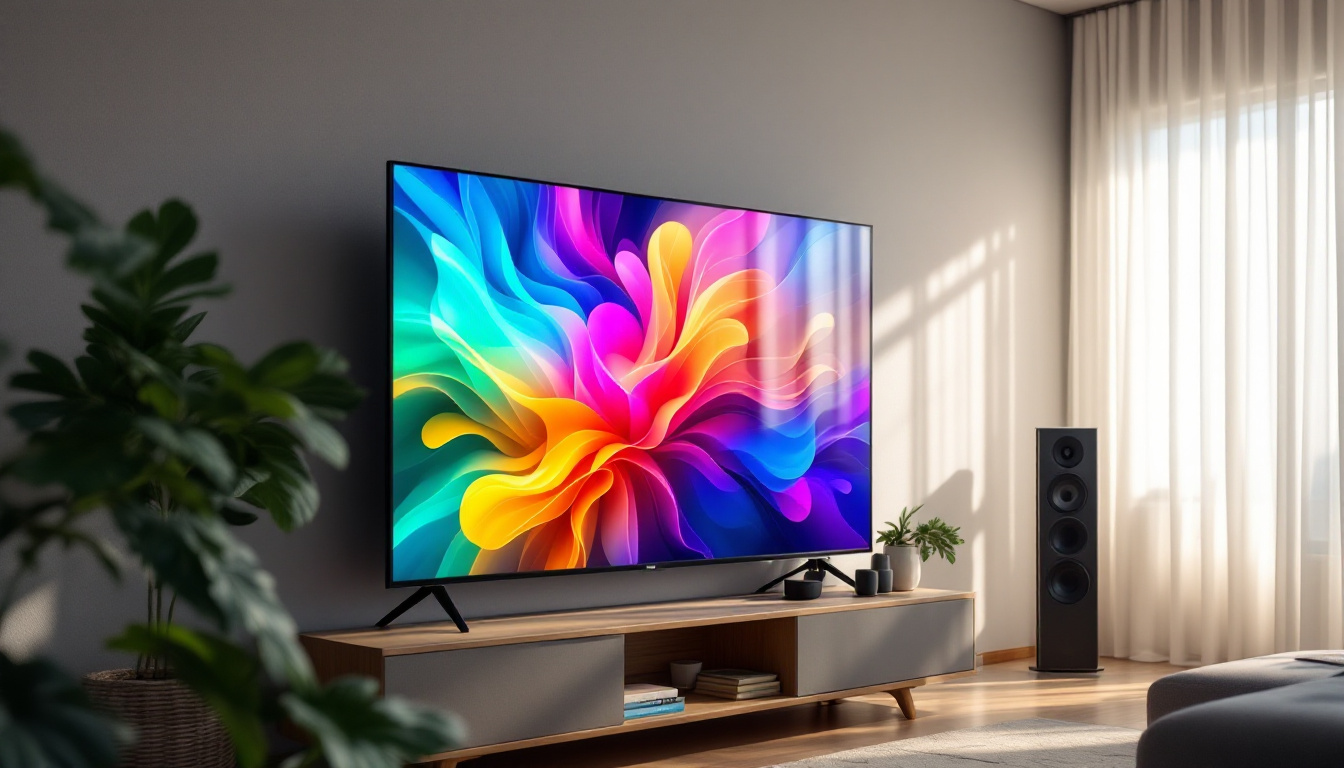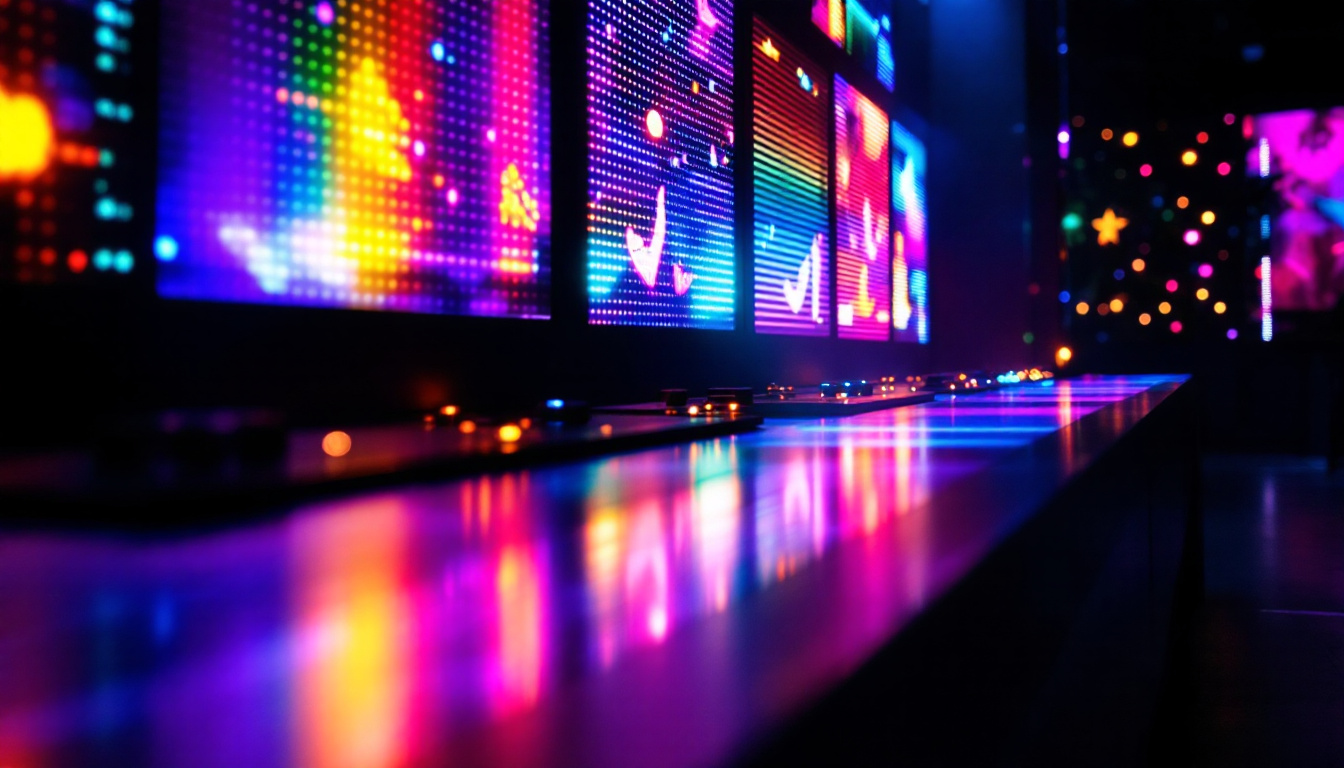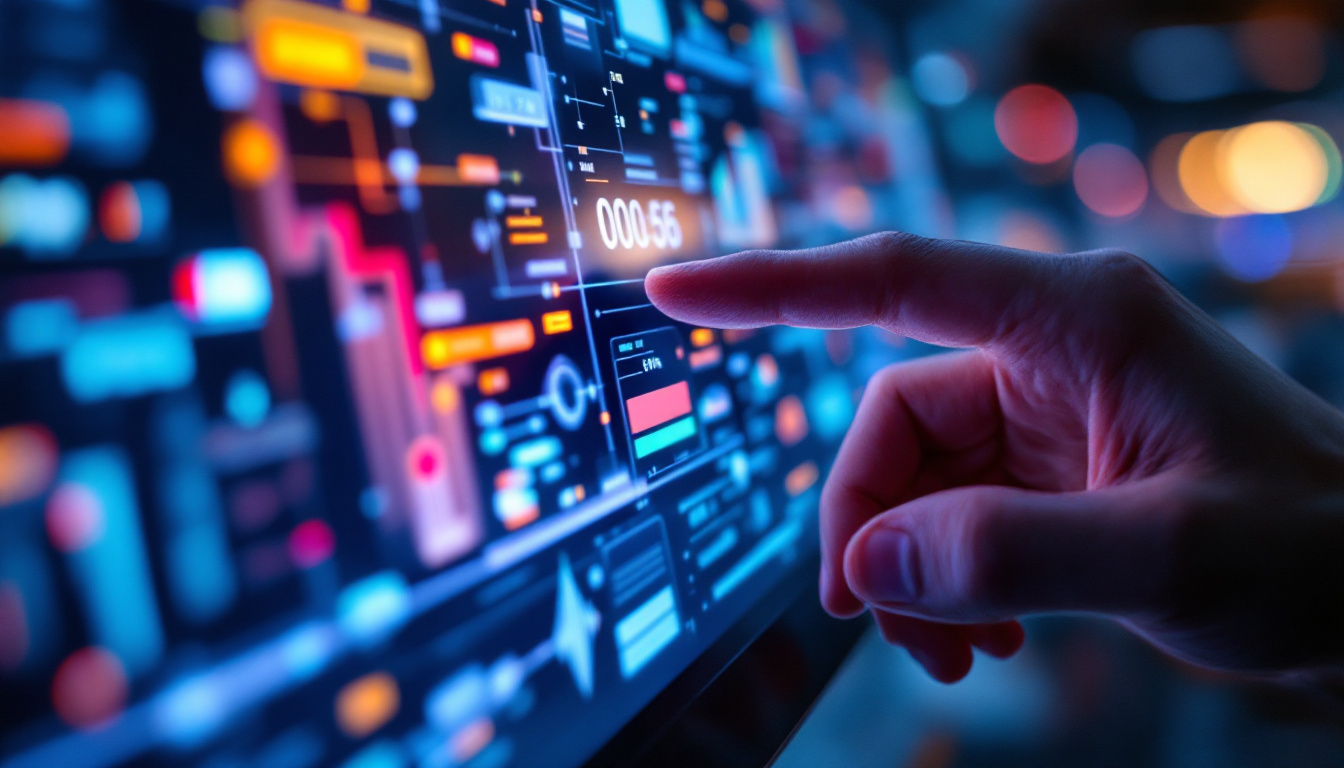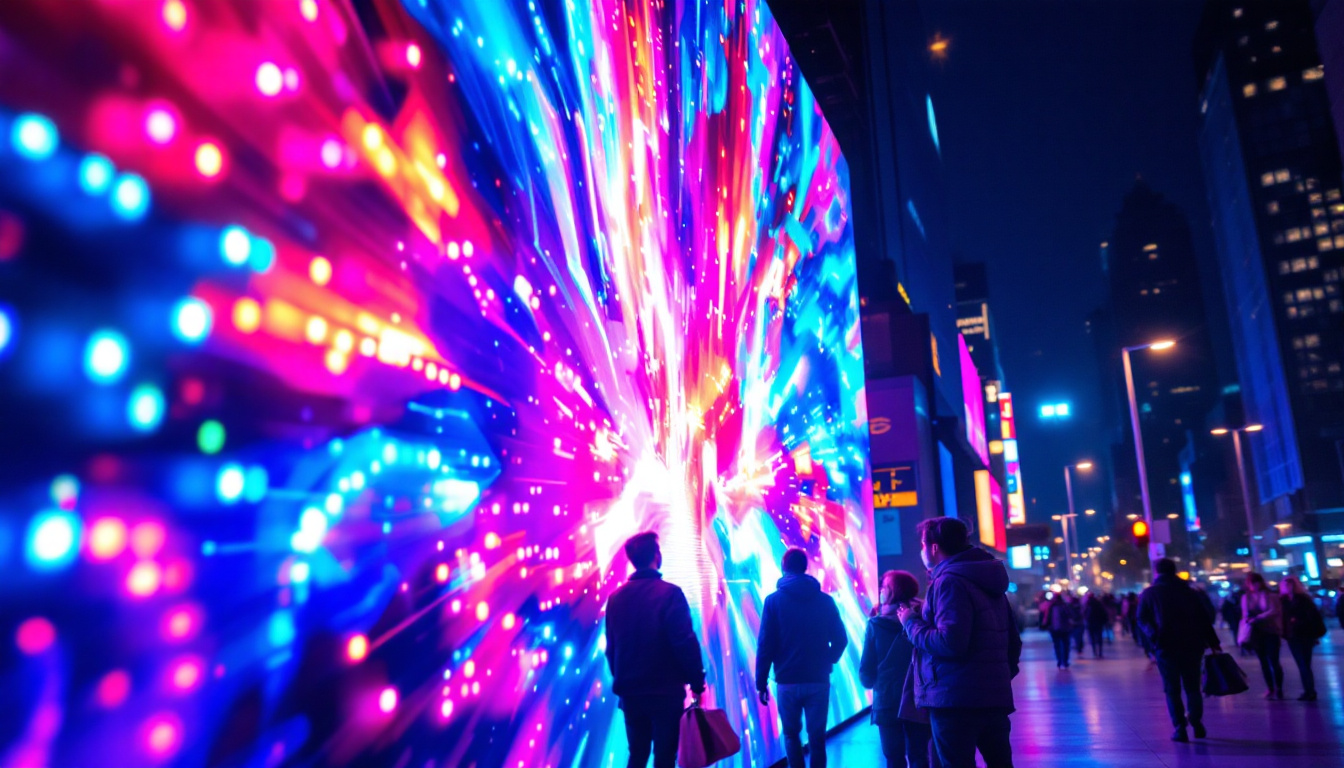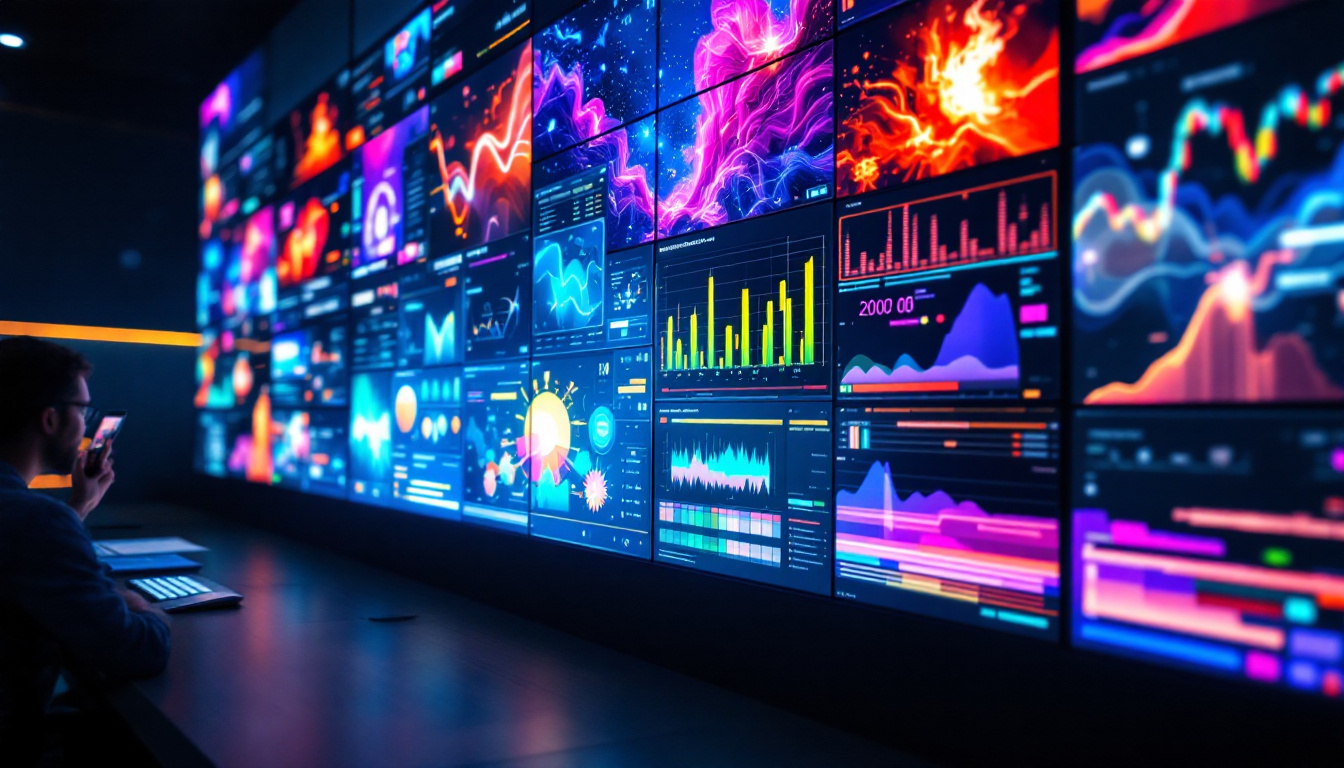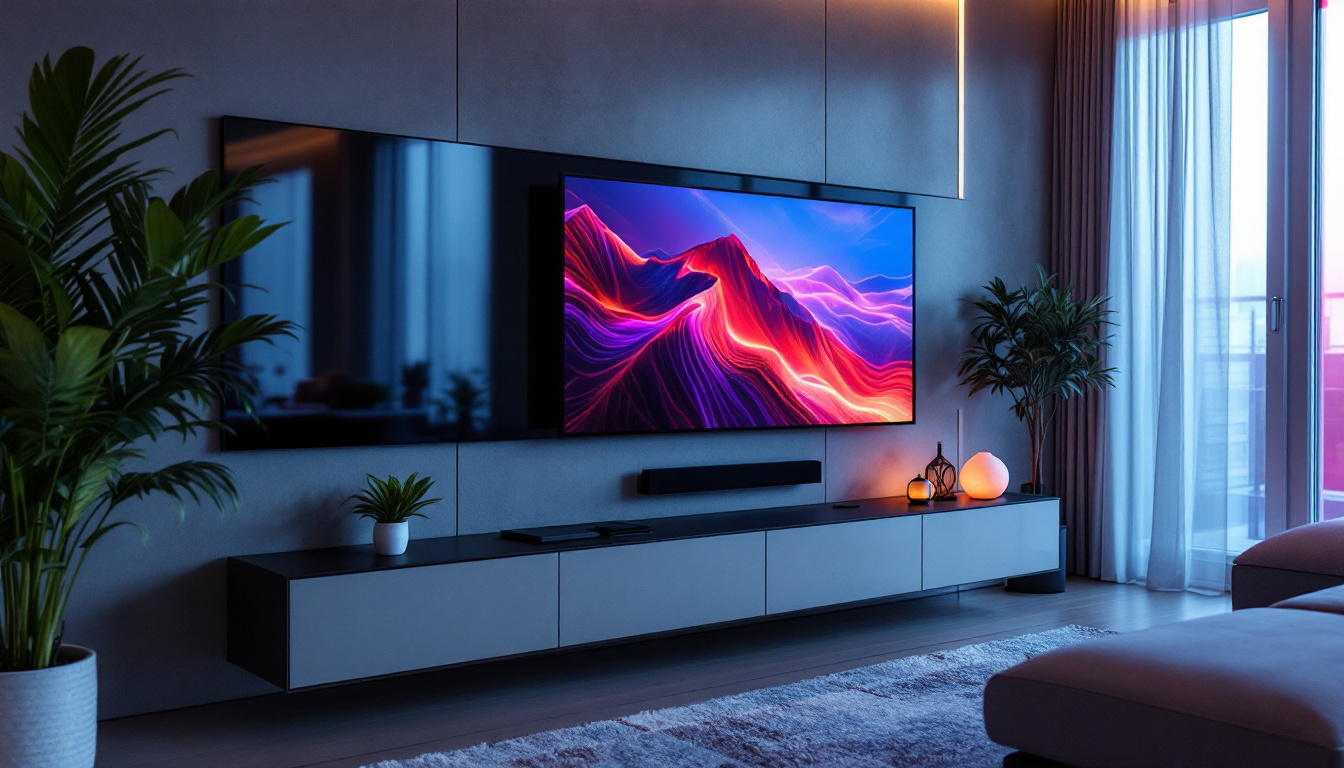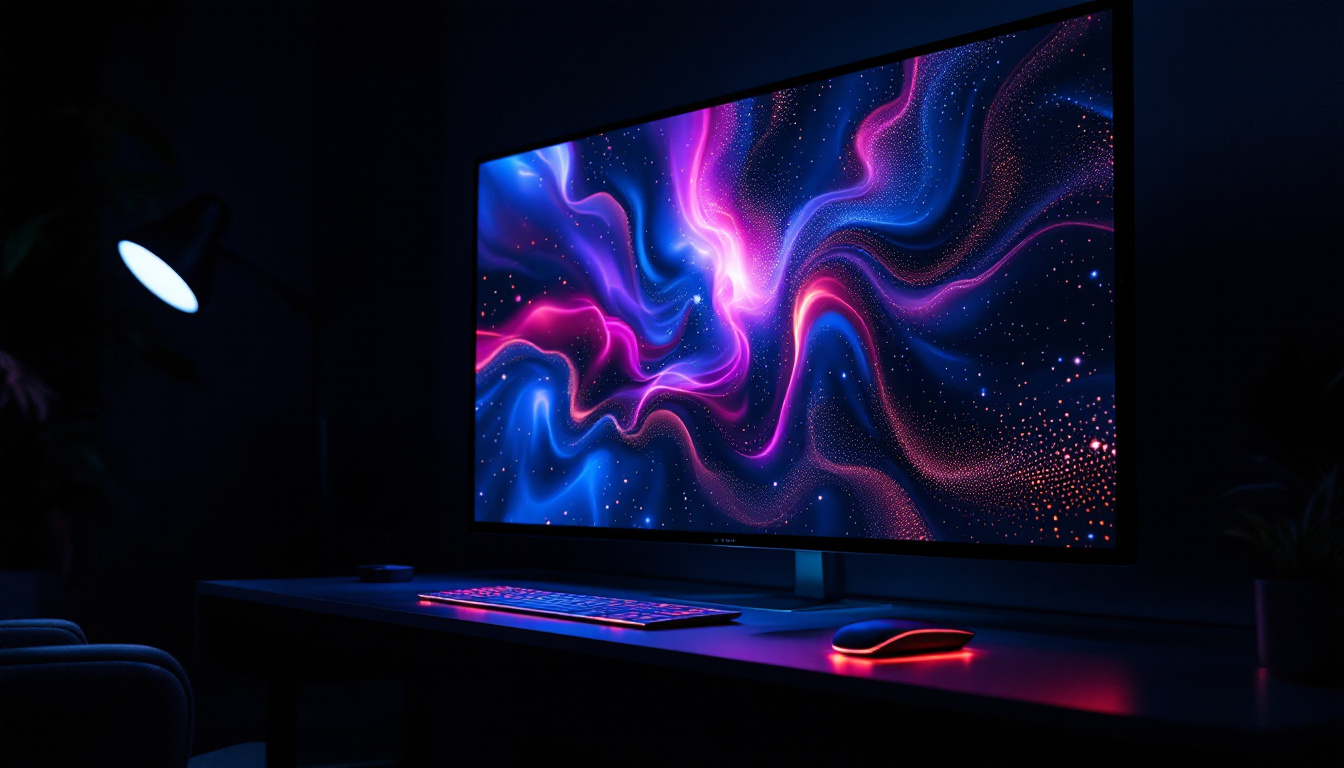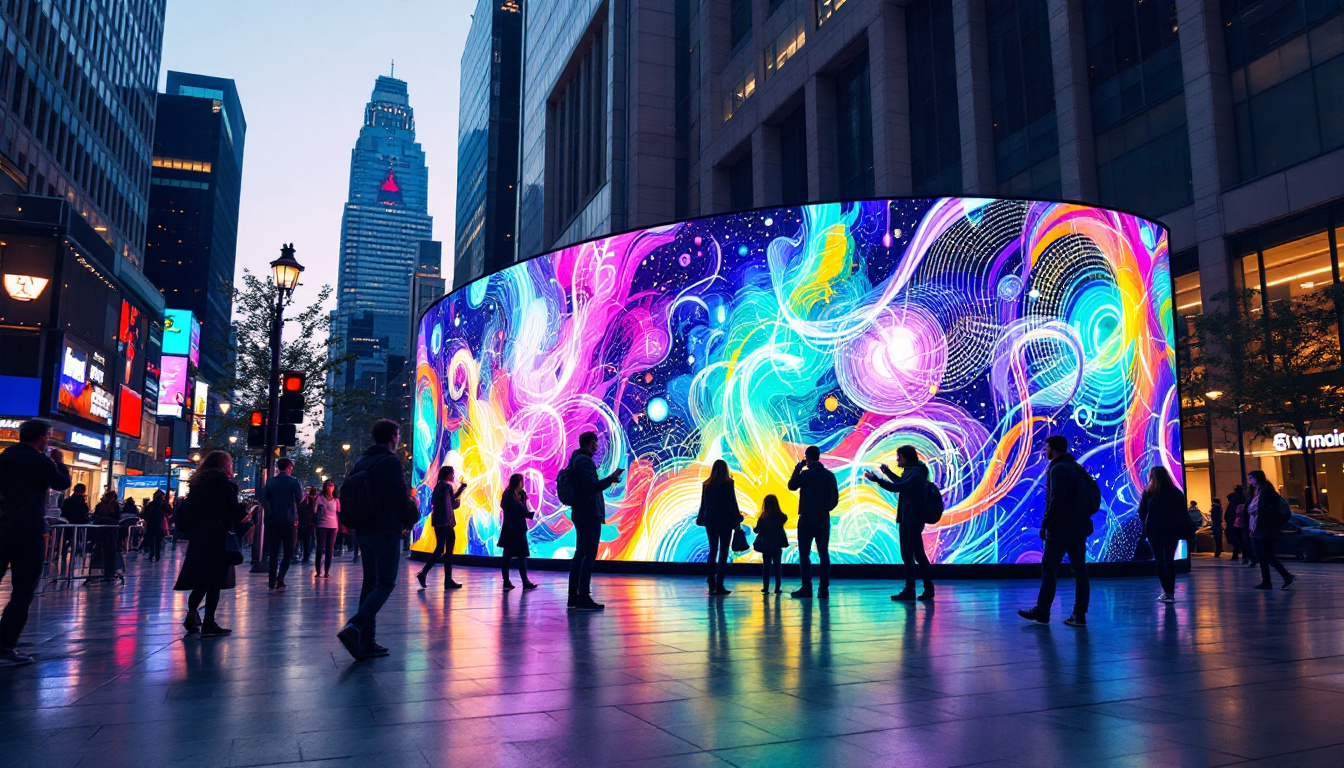In today’s digital age, LED displays have become an integral part of our visual landscape. From advertising billboards to indoor screens in venues, these displays are everywhere. Understanding how they work, their advantages, and their applications can help businesses and consumers make informed decisions. This article delves into the intricacies of LED displays, exploring their technology, benefits, and various uses.
What is an LED Display?
LED stands for Light Emitting Diode. An LED display is a flat panel display that utilizes light-emitting diodes as pixels for a video display. Unlike traditional LCDs or CRTs, which rely on backlighting, LED displays emit light directly, resulting in brighter images and better contrast ratios. This direct emission of light not only enhances the visual experience but also contributes to energy efficiency, making LED displays a popular choice for both commercial and personal use.
LED displays come in various forms, including indoor and outdoor versions, each designed for specific environments and purposes. They are widely used in advertising, entertainment, sports, and even in personal devices like televisions and smartphones. The versatility of LED technology allows for dynamic content, which can be easily updated or changed, making them ideal for real-time information display, such as news tickers or live sports scores.
Types of LED Displays
LED displays can be categorized into several types based on their usage and technology. The most common types include:
- Direct View LED (DVLED): These displays consist of individual LED modules that are assembled to create a larger screen. They are often used for large outdoor advertisements, stadiums, and concert venues, where high brightness and visibility are essential.
- LED-backlit LCD: These displays use LED lights to illuminate an LCD panel from behind. They are commonly found in televisions and computer monitors, providing a balance between quality and cost-effectiveness, making them a popular choice for everyday consumers.
- Organic LED (OLED): A newer technology, OLED displays use organic compounds to emit light. They offer superior color accuracy and contrast but are typically more expensive. OLEDs are increasingly favored in high-end televisions and smartphones due to their ability to produce deep blacks and vibrant colors, enhancing the viewing experience significantly.
In addition to these main types, there are also specialized LED displays such as transparent LED displays, which allow for creative advertising solutions by blending seamlessly into their surroundings. These displays are often used in retail environments, where they can showcase products without obstructing the view of the store. Furthermore, flexible LED displays are gaining traction, as they can be bent or shaped to fit unconventional spaces, opening up new possibilities for artistic installations and innovative advertising formats.
The advancements in LED technology continue to evolve, with developments such as MicroLED and MiniLED, which promise even greater efficiency and picture quality. MicroLED technology utilizes microscopic LEDs to create individual pixels, offering incredible brightness and color performance while consuming less power. As these technologies mature, they are expected to redefine the standards for display quality across various applications, from home entertainment systems to large-scale commercial displays.
How LED Displays Work
The operation of an LED display is based on the principles of electroluminescence, where a material emits light in response to an electric current. Each pixel in an LED display is made up of red, green, and blue (RGB) diodes, which can be combined in various intensities to produce a wide spectrum of colors. This technology has revolutionized the way we view digital content, providing vibrant visuals that can be tailored to suit different environments and applications.
Moreover, the efficiency of LED displays contributes to their popularity. Unlike traditional display technologies, LEDs consume less power and have a longer lifespan, making them a cost-effective choice for both consumers and businesses. As a result, LED displays are increasingly being used in various settings, from large outdoor billboards to small handheld devices.
Pixel Configuration and Resolution
The resolution of an LED display is determined by the number of pixels it contains. Higher pixel density results in clearer and sharper images. Common configurations include:
- P2, P3, P4: These numbers indicate the pixel pitch, or the distance between the centers of two adjacent pixels, measured in millimeters. A smaller number indicates a higher resolution.
- Full HD and 4K: Many modern LED displays support Full HD (1920×1080) and even 4K (3840×2160) resolutions, providing exceptional clarity for both video and images.
In addition to pixel pitch, the arrangement of pixels plays a significant role in how displays are perceived. For instance, a display with a tighter pixel arrangement not only enhances image quality but also allows for closer viewing distances without noticeable pixelation. This is particularly important in applications like digital signage and high-end gaming, where detail and immersion are paramount.
Color and Brightness
Color accuracy and brightness are crucial factors in the performance of LED displays. The combination of RGB diodes allows for millions of color variations. Additionally, outdoor LED displays are designed to be brighter to counteract sunlight, ensuring visibility even in direct light conditions.
Furthermore, advancements in LED technology have led to the development of high dynamic range (HDR) displays, which can produce deeper blacks and brighter whites, enhancing the overall viewing experience. This capability is especially beneficial for media consumption, as it allows for more lifelike images that better represent the original content. As LED technology continues to evolve, we can expect even more innovations that will push the boundaries of display performance and visual fidelity.
Advantages of LED Displays
LED displays offer numerous advantages over traditional display technologies. These benefits contribute to their growing popularity across various industries.
Energy Efficiency
One of the most significant advantages of LED technology is its energy efficiency. LED displays consume less power compared to traditional LCD or plasma screens, making them a more sustainable option. This efficiency not only reduces electricity costs but also contributes to a lower carbon footprint.
Longevity and Durability
LED displays are known for their longevity. With a lifespan of up to 100,000 hours, they outlast many other display types. Additionally, they are more durable and resistant to shock and vibration, making them suitable for both indoor and outdoor applications.
High-Quality Visuals
The quality of visuals produced by LED displays is exceptional. They provide vibrant colors, high contrast ratios, and wide viewing angles. This makes them ideal for advertising, where capturing attention is crucial, and for entertainment venues, where immersive experiences are desired.
Applications of LED Displays
LED displays are versatile and find applications in various sectors. Their adaptability makes them suitable for a wide range of uses, from commercial advertising to personal entertainment.
Advertising and Marketing
In the advertising world, LED displays have revolutionized how brands communicate with consumers. Digital billboards and signage can be updated in real-time, allowing for dynamic content that captures attention. This flexibility makes them an attractive option for businesses looking to promote products or services effectively.
Entertainment and Events
LED displays are a staple in the entertainment industry. Concerts, festivals, and sporting events often feature large LED screens to enhance the audience’s experience. These displays can show live feeds, graphics, and videos, creating an engaging atmosphere that keeps spectators captivated.
Transportation and Public Information
Transportation hubs like airports and train stations utilize LED displays for real-time information dissemination. Flight schedules, arrival and departure times, and other essential updates are displayed clearly, ensuring passengers are well-informed. Additionally, LED displays in public spaces provide vital information to the community, such as emergency alerts or event announcements.
Challenges and Considerations
While LED displays offer numerous benefits, there are challenges and considerations to keep in mind. Understanding these factors can help users make informed decisions about their implementation.
Initial Costs
The initial investment for LED displays can be significant, especially for large-scale installations. However, the long-term savings in energy costs and maintenance often justify the expense. Businesses must weigh the upfront costs against the potential return on investment.
Maintenance and Repair
Although LED displays are durable, they are not immune to damage. Regular maintenance is essential to ensure optimal performance. This includes cleaning, checking connections, and replacing faulty diodes. Having a dedicated maintenance plan can help mitigate downtime and extend the lifespan of the display.
The Future of LED Displays
The future of LED display technology looks promising. Innovations continue to emerge, enhancing performance and expanding applications. Here are a few trends to watch:
Advancements in Technology
As technology evolves, so do LED displays. Newer models are being developed with improved color accuracy, higher resolutions, and enhanced energy efficiency. MicroLED technology, for instance, is making waves for its potential to deliver even better performance than traditional LED displays.
Integration with Smart Technologies
The integration of LED displays with smart technologies is another exciting trend. With the rise of the Internet of Things (IoT), LED displays can be connected to networks, allowing for real-time data updates and interactive content. This opens up new possibilities for advertising, information dissemination, and user engagement.
Environmental Considerations
As sustainability becomes increasingly important, manufacturers are focusing on creating eco-friendly LED displays. This includes using recyclable materials and designing products that consume less energy. The push for greener technology will likely shape the future of LED displays.
Conclusion
LED displays have transformed the way visual information is presented and consumed. Their advantages in energy efficiency, durability, and visual quality make them an appealing choice for a variety of applications. As technology continues to advance, the potential for LED displays to enhance communication and engagement will only grow.
Understanding the intricacies of LED displays is essential for businesses and consumers alike. Whether for advertising, entertainment, or public information, these displays offer a dynamic and effective way to capture attention and convey messages. As the industry evolves, staying informed about the latest trends and technologies will be crucial for leveraging the full potential of LED displays.
Explore Cutting-Edge LED Display Solutions with LumenMatrix
Ready to elevate your visual experience with the latest in LED display technology? Look no further than LumenMatrix, a pioneer in crafting innovative LED display modules that bring your brand to life. Whether you’re seeking to captivate your audience with an Indoor LED Wall Display, make a statement in the open air with an Outdoor LED Wall Display, or create a unique visual impact with Custom LED Display options, LumenMatrix has the solution. Embrace the future of visual communication and check out LumenMatrix LED Display Solutions today to transform how you engage and connect with your audience.

